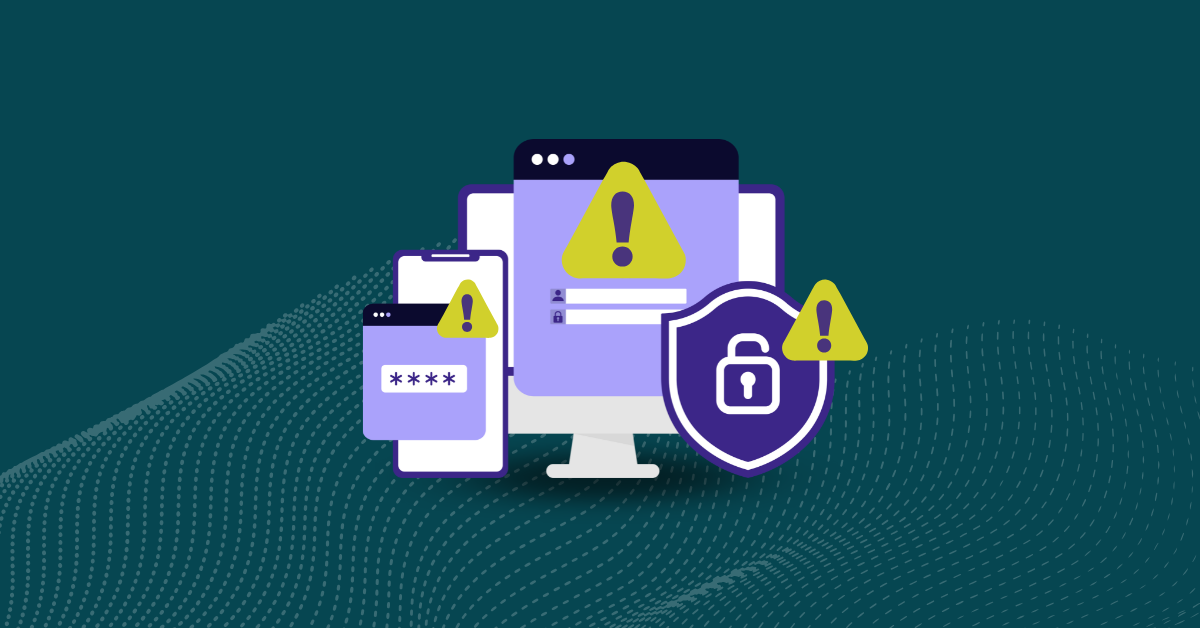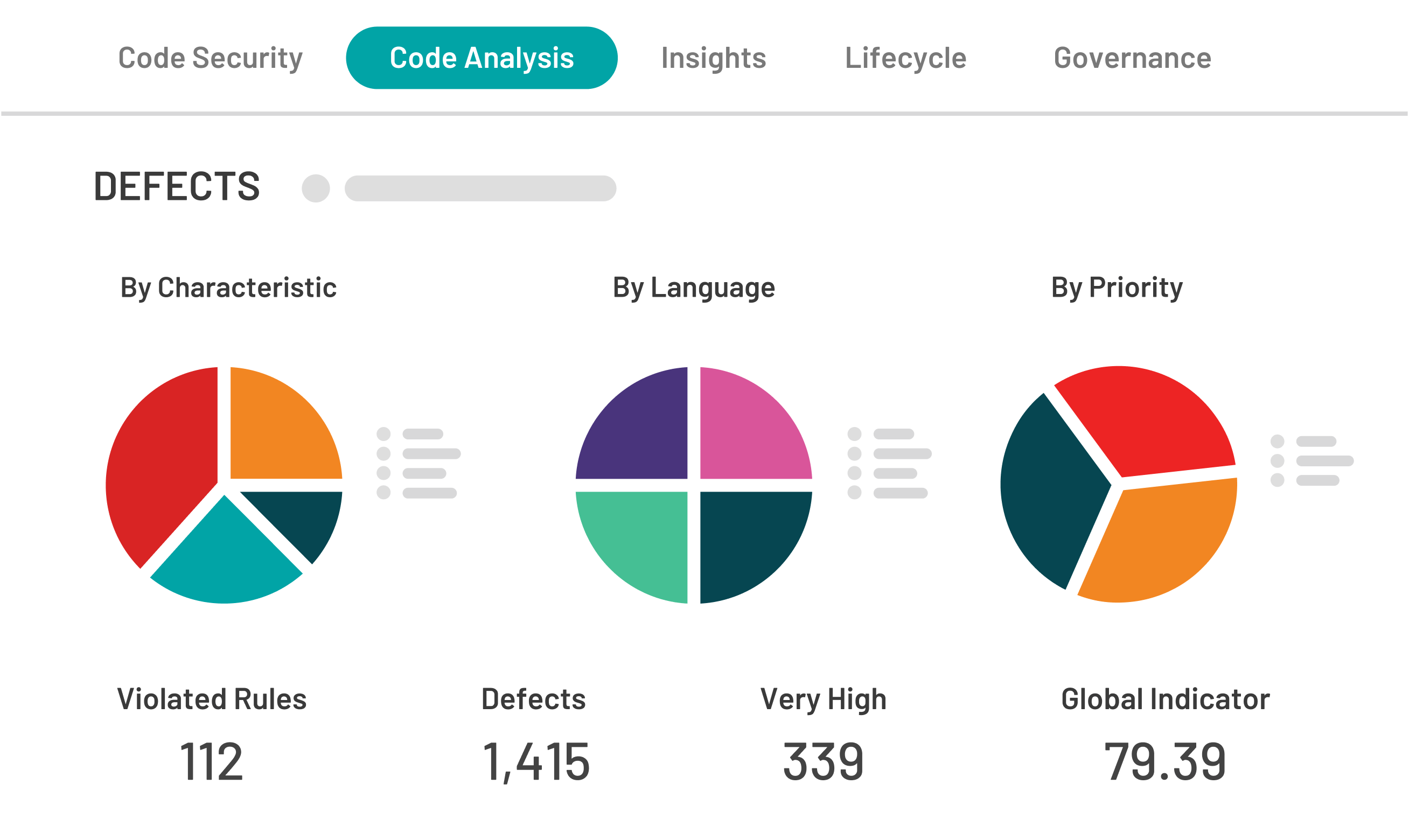

Malware has become a constant reality for most businesses. Ransomware alone cost around $5 billion in 2017–and those numbers are predicted to continue to rise in the coming years, potentially reaching as much as $11.5 billion by 2019. Protecting your company’s assets–especially the software and applications–has become increasingly critical for many businesses. By taking these key steps, you can improve the overall security of your applications and offer better service to all of your customers.
Your app development team is responsible for accomplishing a number of things throughout the creation of the app. In many cases, however, they may not be fully apprised of those needs when they start working on the early stages of app development. If you plan to have a successful app that isn’t filled with security holes, let developers know exactly what will be expected of them throughout the process. This is most effective when you choose to integrate them in the planning process for one simple reason: working with your developers from those early days can help you better understand their limitations and the limitations of your resources. This will allow you to shift your requirements in order to reflect your real priorities. For example, 72% of web applicationsstill have encapsulation errors–and warning your developers ahead of time that they need to protect against them will reduce the odds that they’ll appear.
The median number of vulnerabilities in most apps is now 20–a substantial number when you’re trying to shut out hackers. In 2013, that number was just six. As apps increase in complexity, however, they have more features that must be taken into account. Along with that comes the potential for greater security holes. By partnering with your developers through the planning process, you let them know what security threats they need to protect against and allow them to design a more effective app that will help keep out hackers.
When you’re designing an app, you need the necessary skills and knowledge that will allow you to close any potential security holes long before you let customers use the system. Your developers, however, likely don’t have that knowledge–and their focus isn’t necessarily on security, either. Instead, your developers are focused on key issues like functionality, appealing to customers, and more. While these are valuable additions to your app, they won’t help close up security holes and ensure that your app is able to effectively block hackers, especially in the early days following its release.
By partnering closely with your security vendor throughout the app creation process, however, you can help close those holes before they even begin. This reduces the potential for zero-day exploits against your app as well as increasing the odds that you’ll be able to find any potential issues long before your release day. Your security vendor brings that expertise to the table–and you don’t have to wait until the end of the app development process to take full advantage of it.
Your business has a number of applications running at any given moment, from customer apps that increase convenience while they’re shopping or visiting your business to payment apps that need to be working at any given moment. Do you know which apps are the most critical to your daily functionality? Being able to answer that question accomplishes several key things:
It may also be helpful to rank your applications by risk: that is, which ones are most at risk from a security incursion? Evaluate your software partners. Are there vendors who aren’t meeting their security needs? Knowing that a threat can come from that side will make it easier to prepare your business.
What is your business’s policy concerning the vendors you do business with, your apps, and other key areas of interest? Do you have a security policy in place that includes the minimum requirements for both your own software and that of your partner companies? In order to protect your company’s assets, you need a security policythat determines not only how to secure your code, but what vital parts of the code must be protected in order for your applications to run as effectively as possible. This security policy must be written in a way that is easy to understand, ideally with no ambiguity, and implemented across your entire organization in order to provide the highest level of protection for your business.
Let’s face it: if the leadership team–CIOs, CISOs, and other key members of the team–aren’t on board with your security policy, enforcement will be minimal at best. In order to get your leadership team on board, make sure you’re sharing the metrics and statistics that matter most to them. Take a look at the current statistics on the number of applications that are hacked on a regular basis and how much the company loses when that happens. Delve into companies like yours: do they frequently experience security issues? Don’t forget the customer reaction: simply having an app down for a period of time can cause you to lose customers to your competitors.
Keeping your company’s assets secure is an ongoing process that must be reevaluated as new threats sweep onto the scene. When you partner with Kiuwan, you’ll get a team of experts dedicated to helping you improve your overall security and creating a safer, more secure environment for your company’s applications.


